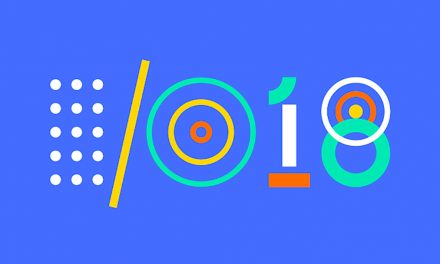Design Thinking is a methodology to solve problems, its special feature is to build innovative solutions focused on end users.
Implementing Design Thinking forces your work team to think like your potential users and helps you finding solutions beyond the initial hypothesis through research.

How Design Thinking works?
Design Thinking is developed in three phases: Understand, Explore and Materialize. At the same time they are divided into six key elements: Empathize, Define, Ideate, Prototype, Test and Implement.

The process is cyclic, meaning that regardless the stage you are in, you can go back to step one and identify improvements on your product; in fact, this is something you should constantly do. The process is also correlative, meaning that each phase must consider previous stages in order to not miss any details.
This methodology is flexible and you can adapt it to any kind of project you are working on. You can even apply this process to improve your life.
How to implement Design Thinking in App development?
On a previous post we mentioned some tips you must have in mind in order to build a successful Android App: Keep it simple, know your audience, perform a usability test and create a great design. The Design Thinking process could help you to accomplish that, let’s see the stages one by one considering the product is an app.
Empathize: It’s a common mistake for developers to not doing enough research. The first stage is “empathize” with your potential users, this requires an investigation of their peculiarities and finding out about their needs, focused on your specific market. Tools like Google Forms can help you by collecting information and having real time results.
Define: Use the information you collected on the Empathize stage to identify real client problems, ¿Are they similar to you initial hypothesis? Even if they are not, don’t throw away any of them, because in the process you might find better answers evaluating multiple scenarios.
Ideate: Now it’s time for you to think of possible solutions related to those problems, be creative and innovative. Don’t limit yourself in this stage, there is nothing wrong on thinking big initially because you can move to a more feasible direction later. Don’t dismiss any idea, you can check it later and maybe that could be a winning idea adapted to another kind of project.
Prototype: Choose between one or three main ideas of the brainstorming you just did. If you are in a team and you have more than one idea, then you could divide the team into groups where each one will work on a prototype. Use Android development tools to build your prototypes.
Test: Get in touch with your potential users if possible, to test your prototype. The results will help you decide which features you must polish or change. Doing the right questions can help you find valuable information to market your app. The technical aspect is as important as the user experience (Design and Usability), so ask for both.
Implement: Do your project. Design Thinking methodology is used in early phases of any business idea, and it’s even considered as part of the product viability test. Improve your prototype with your test´s feedback. After that, you can launch your app to market. Don’t forget to innovate constantly and apply the Design Thinking process each time you can in order to improve your product.
Remember, Design Thinking involves all team members. Also, be aware that when users become the focus (as they should be), each one of them can contribute with their experience. Have you implemented Design Thinking to your projects? Tell us about your experience.








